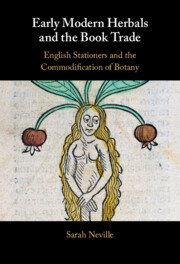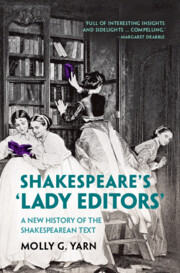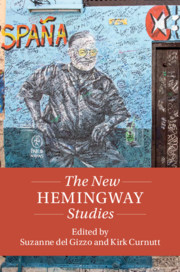Refine search
Actions for selected content:
5 results
Chapter 3 - What Makes a Text “Black”?
- from Part I - Limits and Liberties of Early Black Print Culture
-
-
- Book:
- African American Literature in Transition, 1750–1800
- Published online:
- 01 April 2022
- Print publication:
- 07 April 2022, pp 73-96
-
- Chapter
- Export citation

Early Modern Herbals and the Book Trade
- English Stationers and the Commodification of Botany
-
- Published online:
- 23 December 2021
- Print publication:
- 06 January 2022
-
- Book
-
- You have access
- Open access
- Export citation

Shakespeare's ‘Lady Editors'
- A New History of the Shakespearean Text
-
- Published online:
- 19 November 2021
- Print publication:
- 09 December 2021
Chapter 2 - Hemingway and Textual Studies
- from Part I - The Textual Hemingway
-
-
- Book:
- The New Hemingway Studies
- Published online:
- 30 August 2020
- Print publication:
- 17 September 2020, pp 33-46
-
- Chapter
- Export citation

The New Hemingway Studies
-
- Published online:
- 30 August 2020
- Print publication:
- 17 September 2020
